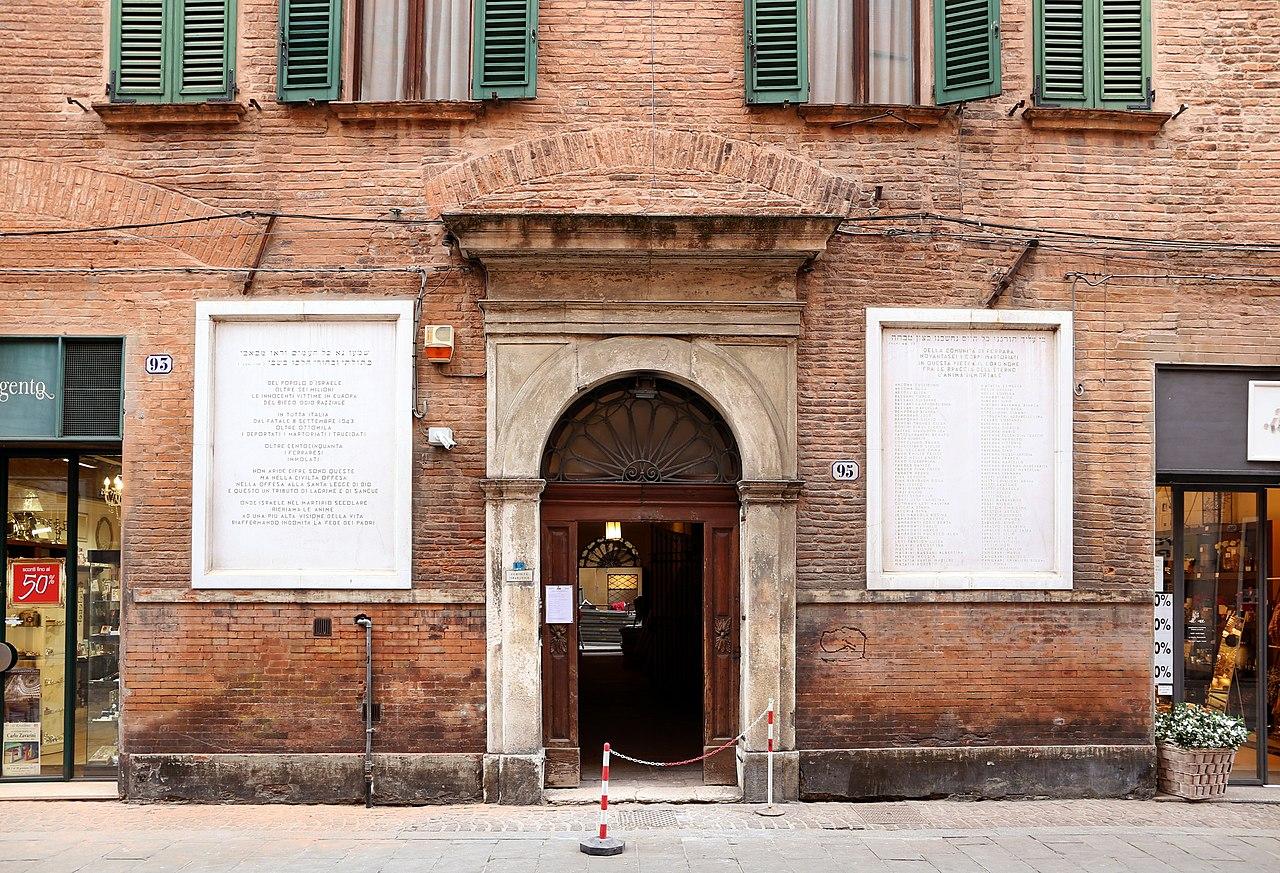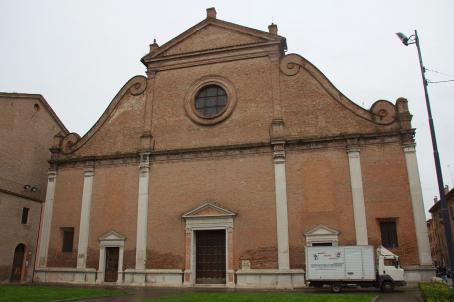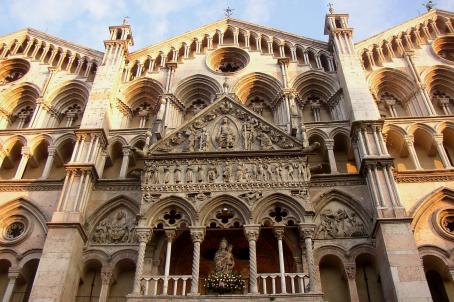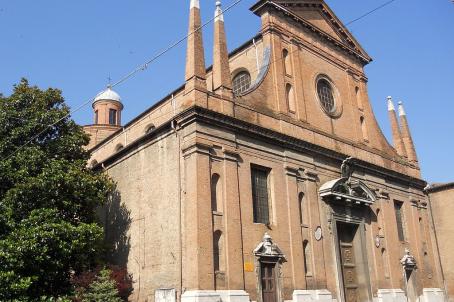Ferrara Synagogue
The synagogue of Ferrara, built in the 15th century, is the only remaining synagogue in Ferrara. Located in the former ghetto, the Jewish community of Ferrara has made it the seat of its institutions. In 1941, a group of local fascists broke through the doors and destroyed part of the interior. Today, the building has been transformed into a Jewish museum.






